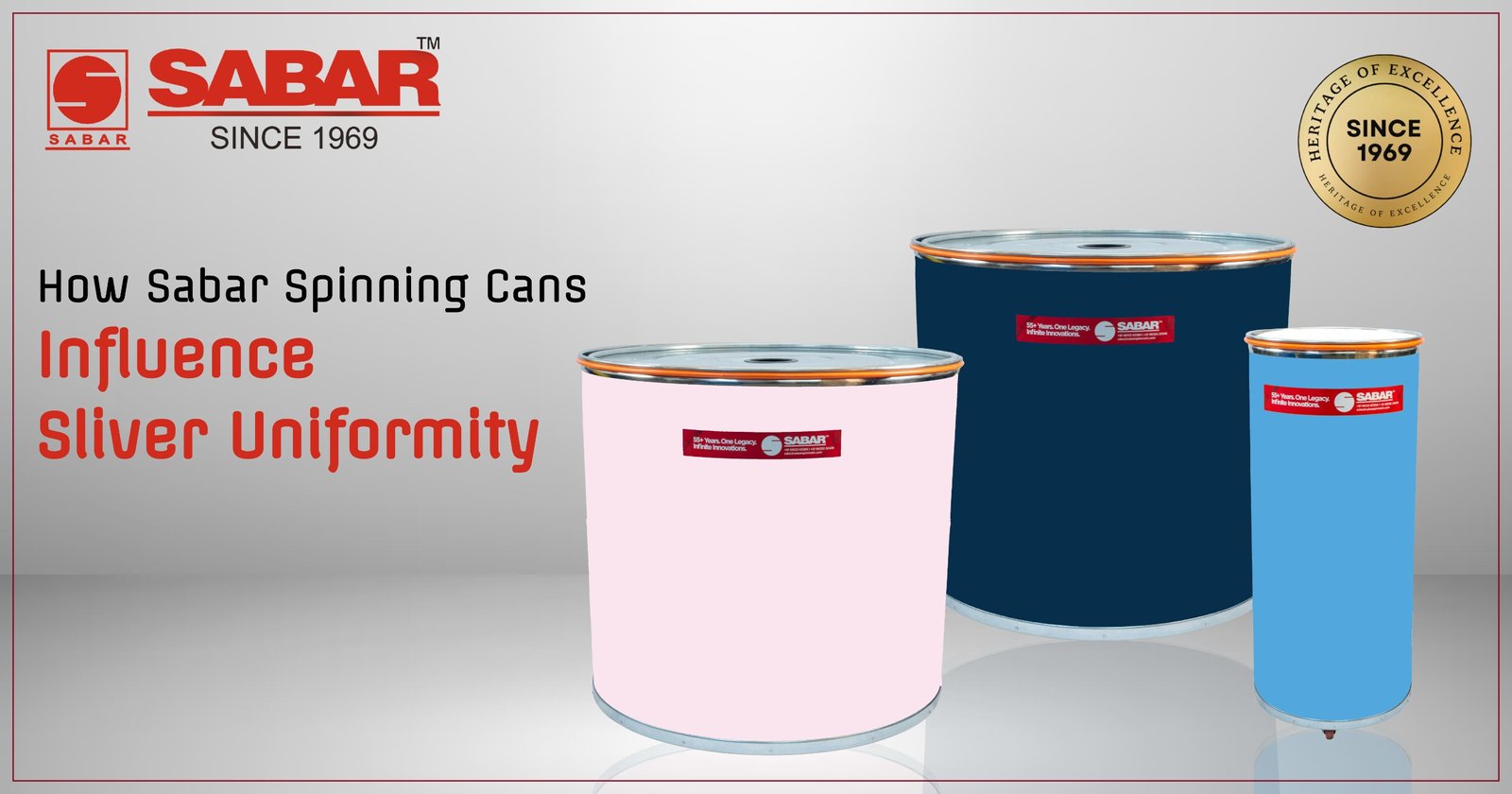
29 Sep, 2025
|
Blogs

Indian textiles form one of the largest industries globally, with thousands of mills and millions of spindles — and spinning at the core of the country’s growth. The quality of yarn begins with the sliver, and every sliver-handling operation influences the end product. Yet, most mills continue to face the same challenge: they either employ the wrong type of sliver cans or continue using outdated and worn-out cans.
Sliver cans may appear to be simple tools, but they determine how sliver flows, how parameters are maintained, and how yarn quality is shaped. Selecting the right can is not about brand names — it is about understanding your process, your machines, and the character of the sliver you work with.
Not all slivers are the same. Mills handle combed, carded, synthetic, viscose, short-staple, and long-staple fibers — each behaves differently.
If the wrong can is used, defects increase. Neps, migration, and unevenness creep into the yarn and cannot be removed later.
The right solution is a can specifically designed for the particular sliver type. Sabar Sliver Cans are engineered to meet varied fiber requirements, enabling mills to avoid unnecessary defects.
A tiny defect in sliver can soon develop into a major defect in yarn. Just a few centimeters of irregular sliver may result in meters of defective yarn. This problem usually arises from using poor-quality or mismatched cans. Unfortunately, mills often realize this only when customers complain about yarn performance — by then, losses are already significant.
The answer is prevention at the source. Well-designed cans handle sliver carefully, maintain its structure, and minimize irregularities. This directly enhances yarn quality and keeps customers satisfied.
We value every inquiry and respond with personal care.
